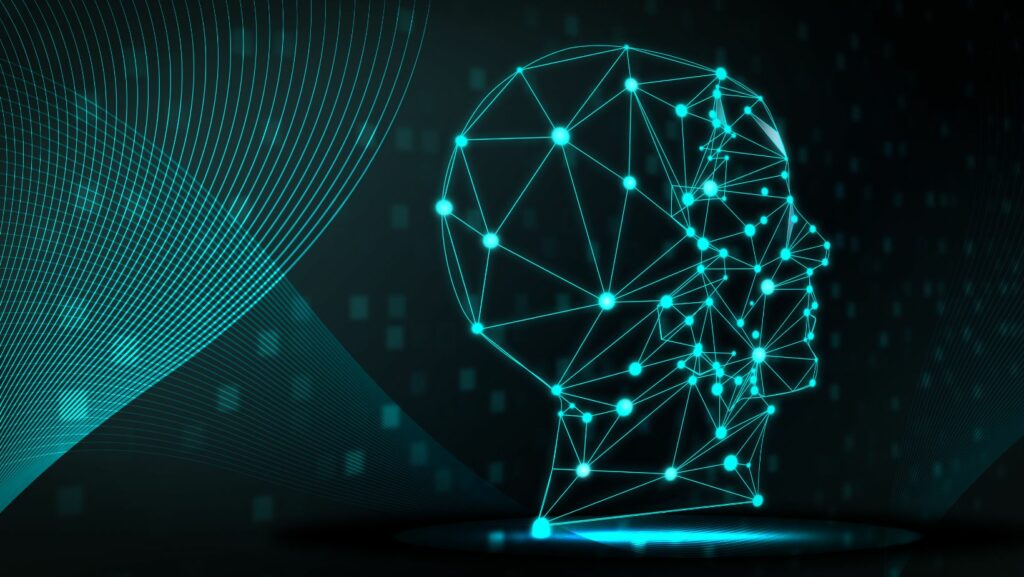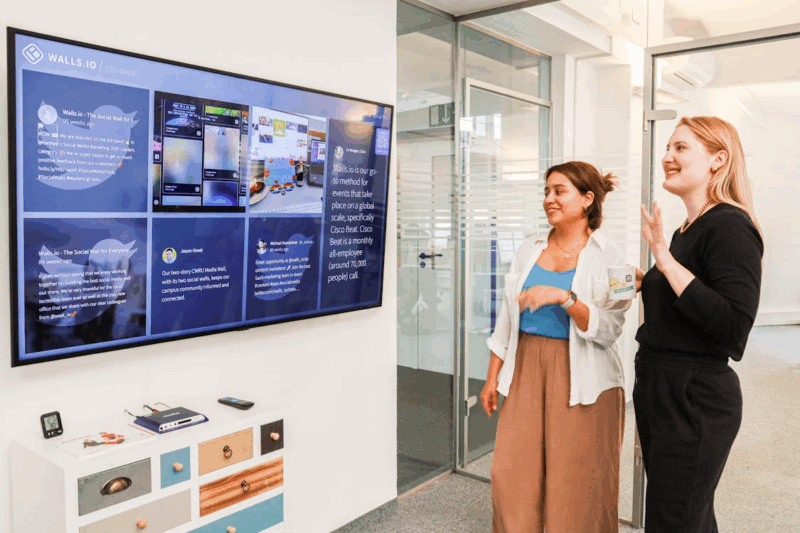
Imagine a classroom where AI avatars serve as personal tutors. They’re not just any tutors, but ones that adapt to each student’s learning pace and style. That’s the future of learning we’re diving into today.
We’re witnessing a seismic shift in the education sector. AI avatars are not just sci-fi concepts anymore. They’re becoming an integral part of our learning environments, revolutionizing the way we impart and absorb knowledge.
In this article, we’ll explore the role of AI avatars in education, their benefits, and how they’re shaping the future of learning. So if you’re curious about the next big thing in education, you’re in the right place. Let’s delve into the fascinating world of AI avatars.
The Role of AI in Education
As we delve deeper into the 21st century, the role of AI in education becomes increasingly substantial. Notably, AI avatars are at the forefront of this digital shift, pioneering a fresh approach to learning that’s both innovative and practical. Let’s explore the key facets of their involvement in detail.
Enhancing Personalized Learning
AI avatars don’t just improve education—they transform it. With each user’s unique learning needs and patterns in mind, AI avatars can craft a learning plan that’s as individual as a fingerprint. By using AI to analyze vast amounts of data, these digital tutors can predict a learner’s requirements, delivering tailor-made content seamlessy.
Consider DeepBrain, an AI-driven platform that uses avatars for personalized learning. DeepBrain’s avatars can identify learning gaps and provide additional lessons and resources to cover these areas effectively. Consequently, it’s not about teaching. It’s about adapting to each student’s distinctive learning style and pace.
| Platform | Action | Impact |
| DeepBrain | Identifies Learning Gaps | Personalized Learning Experience |
Providing Real-Time Feedback
AI avatars are not only flexible but also responsive. They offer real-time feedback to learners, making learning more dynamic and engaging. They can instantly highlight mistakes, clarify doubts, and even provide encouragement, fostering a supportive atmosphere where students are empowered to learn at their own pace.
Facilitating Interactive Learning
Interactive learning is the cornerstone of modern education, and AI avatars play a key role in this aspect. By creating realistic simulations or even gamifying content, AI avatars can make learning more entertaining and immersive. From virtual experiments in chemistry to interactive language lessons, AI avatars can heighten the learning experience, integrating fun and learning in one interactive package.
This is only the tip of the iceberg when it comes to the role of AI in education. With more advancements in technology, we can expect to see deeper integration and even more remarkable innovations. The future of learning, undoubtedly, is here with AI avatars.

The Rise of AI Avatars in Education
As we move further into the digital age, AI avatars – previously the stuff of science fiction – are beginning to take a tangible shape in our schools. AI avatars are at the forefront of a seismic shift in the way we approach education, with potential benefits and limitations.
Definition of AI Avatars
In the educational context, AI avatars are computer-generated figures or personalities powered by artificial intelligence. They’re interactive and dynamic, using AI algorithms to analyze data, generate dialogue, and create a personalized learning experience. This form of learning was, till now, unimaginable. But with the rise of AI companies like DeepBrain, it’s becoming a reality.
Benefits of AI Avatars in Education
AI avatars hold immense potential to transform the face of education, and they’re already showing signs that they’re up to the task:
- Personalized Learning Experience: AI avatars are capable of analyzing data on a per-student basis, tailoring content to fit their unique learning styles and pace. This individual approach is offering students a journey of learning that’s just for them.
- Real-time Feedback: AI avatars can provide immediate feedback on student performance, helping to identify areas of strengths and weaknesses, and theirs possibility for improvement.
- Engagement: AI avatars are interactive, making learning more engaging and interesting. They have the capacity to transform a monotonous study session into an enjoyable experience.
Limitations of AI Avatars in Education
Despite their potential, AI avatars do have limitations:
- Lack of Emotional Intelligence: AI Avatars might be intelligent, but they do lack emotional intelligence. They can’t fully comprehend or respond to the emotional needs of students.
- Privacy Concerns: There are legitimate worries about data security and privacy, given the amountof personalized information that’s handled.
- Over-reliance on Technology: There’s a concern that an over-reliance on AI could eventually make human teachers obsolete, which would eliminate the crucial human interaction aspect in education.
With all that being considered, the rise of AI Avatars in education is certainly something worth following. The promise they hold for the future of education might just outweigh their limitations. The true measure of their potential will become clear as more advanced versions of these AI avariants come into play.

AI Avatars vs Human Teachers
Exploring the pros and cons of both AI avatars and human teachers reveals a diverse landscape of potential and limitations. When we juxtapose AI avatars against the traditional human-led teaching model, it becomes obvious that the optimal solution lies in balancing the two.
Advantages of AI Avatars
AI avatars shine in providing personalized experiences and prompt responses. AI models like DeepBrain can analyze student performance data instantly, adjusting the content in real-time to match the learner’s pace. This allows for:
- Superior pacing: AI avatars can match the learning speed of the student without affecting the rest of the class.
- 24/7 accessibility: Learning isn’t confined to school hours, AI avatars offer ongoing support.
- Uniformity of instruction: Every student receives the same quality of education, not dependent on the teacher’s mood or bias.
So, AI avatars possess the unique ability to provide a fail-proof and always ready source of education.
Advantages of Human Teachers
Despite the impressive capabilities of AI avatars, human teachers can offer a level of emotional intelligence and flexibility that programmed entities can’t replicate. This means:
- Personal relationships: A human teacher can form meaningful bonds with students, fostering a nurturing learning environment.
- Contextual adaptability: Real-world events can be discussed, interpreted, and related back to course content.
- Moral and ethical lessons: Teachers do more than instruct; they help shape character, teach morals and model social behaviors.
Human teachers still hold the edge when it comes to empathy, understanding, and molding young minds, digitally speaking.
Finding the Right Balance
It’s not a matter of replacing one with the other, but harmonizing the strengths of both. AI avatar-assisted learning, coupled with human-augmented empathy, can yield a more efficient, accessible, and comprehensive educational platform. In this design, AI avatars are a tool aiding human teachers rather than supplanting them.
Ideal learning environments allow students to flourish individually and collectively. What that looks like may vary greatly from class to class or even student to student. A fusion of AI and human-led teaching can offer a flexible, adaptable solution that accommodates this variety seamlessly.
Focused on harnessing the individual strengths of AI avatars and teachers will pave the path to an enlightening, fulfilling, and dynamic pedagogical model. Adaptation is key as we progress towards a hybrid educational landscape that merges the conventional with the cutting-edge.
Conclusion
So, we’ve seen the potential of AI avatars in reshaping the educational landscape. They’re not here to replace our human teachers but to supplement and enhance their efforts. By combining the best of both worlds – the personalized learning and quick responses of AI with the emotional intelligence and adaptability of human teachers – we’re looking at a future where education is more efficient and comprehensive. It’s clear that the future of learning is a hybrid model, where AI avatars and human teachers work hand in hand. As we move forward, it’s essential that we embrace this fusion and adapt to the changing educational environment. After all, it’s all about creating the best possible learning experience for our students.










